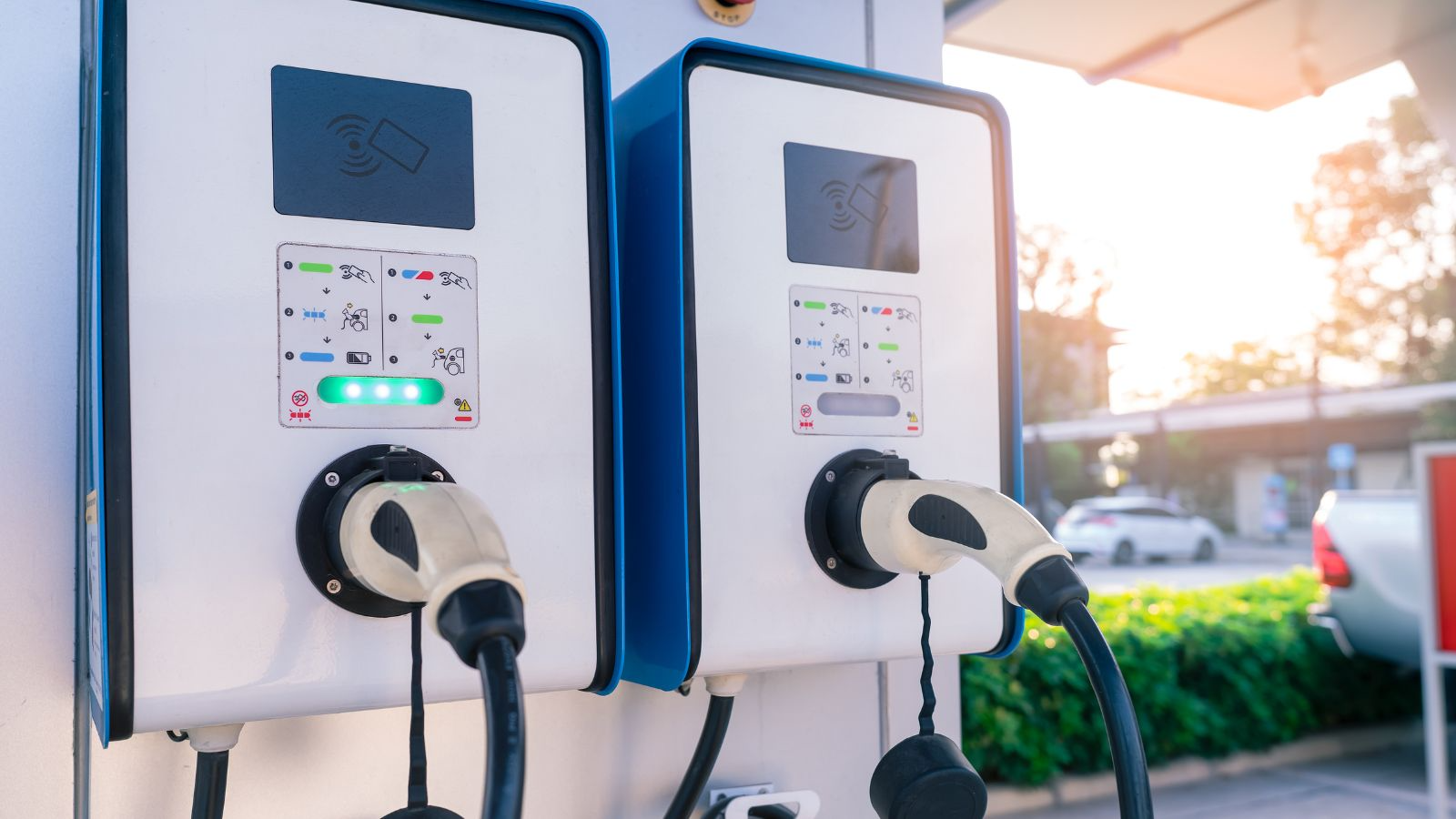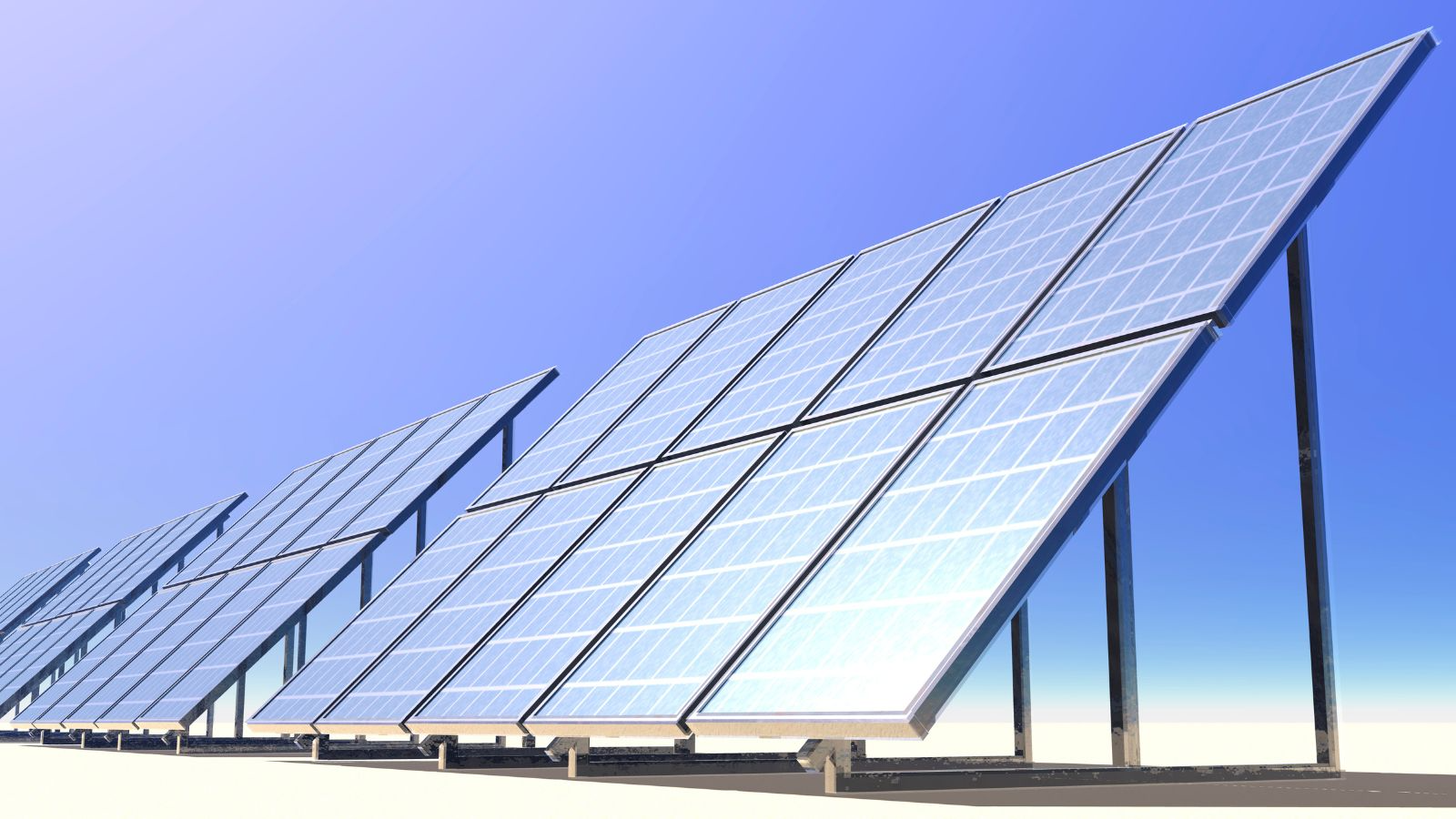The Inflation Reduction Act (IRA) is a key piece of legislation that is helping to transform the way we think about sustainable housing. By providing incentives to encourage the electrification of buildings and infrastructure, the IRA is helping to reduce energy costs, promote energy efficiency, and create a more sustainable housing landscape. In this blog post, we'll discuss the effects of the IRA on sustainable housing and the benefits it has for homeowners and society.
What is the Inflation Reduction Act?
The Inflation Reduction Act of 2022 is an ambitious climate initiative that provides $369 billion in funding to achieve a net zero carbon economy and transition the US to clean energy technologies by 2050. The Act seeks to reduce global emissions and create economic opportunities for all Americans by investing in EV charging infrastructure, renewable energy, smart grids, and tax incentives for energy freedom and independence. The Act also works to reduce the cost of energy and ensure that low-income households benefit from energy savings. These investments will help drive the transition to a more sustainable and resilient energy future.

What are the implications of the Inflation Reduction Act on sustainable housing?
The Inflation Reduction Act of 2020 is a federal law that aims to reduce inflation, increase economic security, and set up future generations for more sustainable living habits. This act sets in place tax incentives for homeowners who want to make their homes more sustainable. This bill will extend the residential solar tax credit, and includes tax credits for electrifying homes and vehicles. Solar PV systems installed in the last year are eligible for a 30% tax credit. There is an additional key element that offers up to $14,000 in rebates and tax credits for homeowners to invest in technology that results in being more energy efficient. In addition to tax credit opportunities, the legislation establishes a clean energy and sustainability Accelerator intended to prioritize over half of its heat pump and community solar investments into disadvantaged communities.
The IRA includes two separate rebate programs. The HOMES Rebate Program and the High-Efficiency Electric Home Rebate Act (HEEHRA). The HOMES program provides more than $4 billion to states to help individuals transform their homes into energy-efficient homes. HEEHRA focuses on providing rebates for low and middle-income families to electrify their homes.
By taking advantage of these tax incentives, homeowners can reduce their utility bills and be freed from the financial burden of rising energy costs. Additionally, they can reduce global emissions and gain energy freedom and independence by relying on clean energy technologies such as solar. With the Inflation Reduction Act, homeowners now have more resources to invest in making their homes more sustainable and financially secure.

What effect will the Inflation Reduction Act have on future housing?
The Inflation Reduction Act has been touted as a boon for sustainable housing and the environment. The Act seeks to reduce global emissions by providing tax incentives to individuals and businesses who choose to electrify their buildings and invest in clean energy technologies. This shift to electrification can help reduce the amount of energy used in a building, leading to a reduction in greenhouse gas emissions.
The Inflation Reduction Act also promotes energy freedom and independence, as it allows citizens to make investments in renewable energy that are financially beneficial in the long run. With these financial incentives, homeowners and businesses will be more likely to transition away from traditional energy sources, such as fossil fuels, and embrace clean, renewable energy sources. The resulting decrease in energy consumption can have a major positive impact on the environment, helping to reduce global emissions significantly.
The IRA has the potential to have a major positive impact on sustainable housing and the environment. By offering incentives for individuals and businesses to transition away from traditional energy sources and invest in clean energy technologies, the Act can help reduce global emissions and create a healthier planet for future generations.
To learn more about the Inflation Reduction Act click the links below:
https://www.irs.gov/inflation-reduction-act-of-2022
https://www.epa.gov/green-power-markets/inflation-reduction-act
Español:
La Ley de Reducción de la Inflación (IRA) es una pieza clave de la legislación que está ayudando a transformar la manera en que pensamos sobre la vivienda sostenible. Al proporcionar incentivos para fomentar la electrificación de edificios e infraestructura, la IRA está ayudando a reducir los costos de energía, promover la eficiencia energética y crear un paisaje de vivienda más sostenible. En esta publicación de blog, analizaremos los efectos de la IRA en la vivienda sostenible y los beneficios que tiene para los propietarios y la sociedad.
¿Qué es la Ley de Reducción de la Inflación?
La Ley de Reducción de la Inflación de 2022 es una iniciativa climática ambiciosa que proporciona $369 mil millones en fondos para lograr una economía neta de carbono cero y la transición de EE. UU. a tecnologías de energía limpia para 2050. La Ley busca reducir las emisiones globales y crear oportunidades económicas para todos los estadounidenses al invertir en infraestructura de carga de vehículos eléctricos, energía renovable, redes inteligentes e incentivos fiscales para la libertad e independencia energética. La Ley también trabaja para reducir el costo de la energía y garantizar que los hogares de bajos ingresos se beneficien del ahorro de energía. Estas inversiones ayudarán a impulsar la transición hacia un futuro energético más sostenible y resiliente.
¿Cuáles son las implicaciones de la Ley de Reducción de la Inflación en la vivienda sostenible?
La Ley de Reducción de la Inflación de 2020 es una ley federal que tiene como objetivo reducir la inflación, aumentar la seguridad económica y preparar a las generaciones futuras para hábitos de vida más sostenibles. Esta ley establece incentivos fiscales para los propietarios de viviendas que deseen hacer que sus viviendas sean más sostenibles. Este proyecto de ley extenderá el crédito fiscal solar residencial e incluye créditos fiscales para electrificar hogares y vehículos. Los sistemas solares fotovoltaicos instalados en el último año son elegibles para un crédito fiscal del 30%. Hay un elemento clave adicional que ofrece hasta $14,000 en reembolsos y créditos fiscales para que los propietarios de viviendas inviertan en tecnología que resulte en una mayor eficiencia energética. Además de las oportunidades de crédito fiscal, la legislación establece un Acelerador de energía limpia y sostenibilidad destinado a priorizar más de la mitad de sus inversiones en bombas de calor y energía solar comunitaria en comunidades desfavorecidas.
La IRA incluye dos programas de reembolso separados. El Programa de Reembolso HOMES y la Ley de Reembolso de Hogares Eléctricos de Alta Eficiencia (HEEHRA). El programa HOMES proporciona más de $4 mil millones a los estados para ayudar a las personas a transformar sus hogares en hogares energéticamente eficientes. HEEHRA se enfoca en proporcionar reembolsos a familias de bajos y medianos ingresos para electrificar sus hogares.
Al aprovechar estos incentivos fiscales, los propietarios pueden reducir sus facturas de servicios públicos y liberarse de la carga financiera del aumento de los costos de energía. Además, pueden reducir las emisiones globales y ganar libertad e independencia energética al depender de tecnologías de energía limpia como la solar. Con la Ley de Reducción de la Inflación, los propietarios de viviendas ahora tienen más recursos para invertir en hacer que sus hogares sean más sostenibles y económicamente seguros.
¿Qué efecto tendrá la Ley de Reducción de la Inflación en la vivienda futura?
La Ley de Reducción de la Inflación ha sido promocionada como una bendición para la vivienda sostenible y el medio ambiente. La Ley busca reducir las emisiones globales proporcionando incentivos fiscales a las personas y empresas que opten por electrificar sus edificios e invertir en tecnologías de energía limpia. Este cambio a la electrificación puede ayudar a reducir la cantidad de energía utilizada en un edificio, lo que lleva a una reducción de las emisiones de gases de efecto invernadero.
La Ley de Reducción de la Inflación también promueve la libertad y la independencia energética, ya que permite a los ciudadanos realizar inversiones en energía renovable que son económicamente beneficiosas a largo plazo. Con estos incentivos financieros, será más probable que los propietarios de viviendas y las empresas abandonen las fuentes de energía tradicionales, como los combustibles fósiles, y adopten fuentes de energía limpias y renovables. La disminución resultante en el consumo de energía puede tener un gran impacto positivo en el medio ambiente, ayudando a reducir significativamente las emisiones globales.
En conclusión, la Ley de Reducción de la Inflación tiene el potencial de tener un gran impacto positivo en la vivienda sostenible y el medio ambiente. Al ofrecer incentivos para que las personas y las empresas se alejen de las fuentes de energía tradicionales e inviertan en tecnologías de energía limpia, la Ley puede ayudar a reducir las emisiones globales y crear un planeta más saludable para las generaciones futuras.
Para obtener más información sobre la Ley de Reducción de la Inflación, haga clic en los enlaces a continuación:
https://www.irs.gov/inflation-reduction-act-of-2022
https://www.epa.gov/green-power-markets/inflation-reduction-act